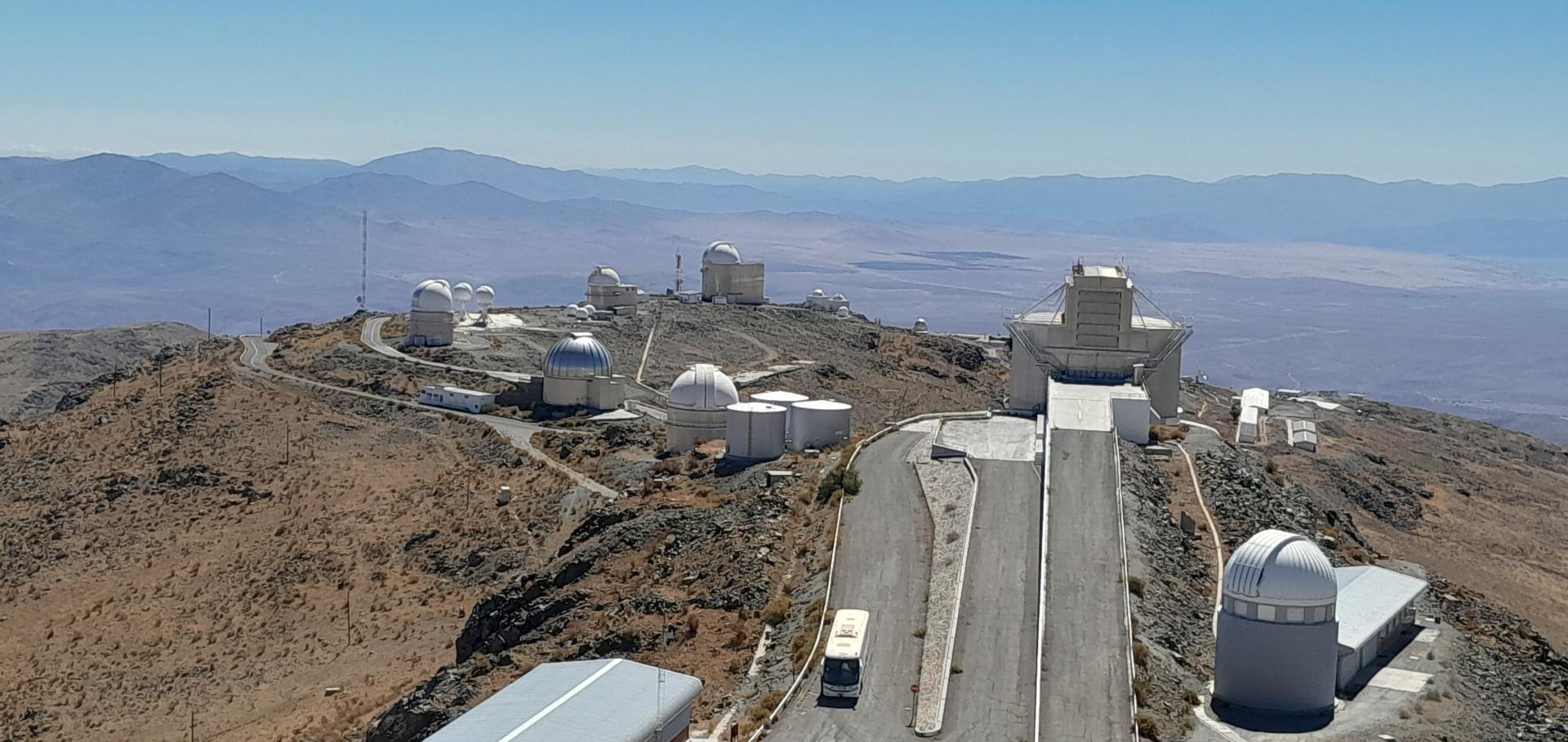ATMOSPHERIX: I- an open source high-resolution transmission spectroscopy pipeline for exoplanets atmospheres with SPIRou
Monthly Notices of the Royal Astronomical Society, Volume 527, Issue 1, pp.544-565
Abstract:
Atmospheric characterization of exoplanets from the ground is an actively growing field of research. In this context, we have created the ATMOSPHERIX consortium: a research project aimed at characterizing exoplanets atmospheres using ground-based high-resolution spectroscopy. This paper presents the publicly available data analysis pipeline and demonstrates the robustness of the recovered planetary parameters from synthetic data. Simulating planetary transits using synthetic transmission spectra of a hot Jupiter that were injected into real SPIRou observations of the non-transiting system Gl 15 A, we show that our pipeline is successful at recovering the planetary signal and input atmospheric parameters. We also introduce a deep learning algorithm to optimize data reduction which proves to be a reliable, alternative tool to the commonly used principal component analysis. We estimate the level of uncertainties and possible biases when retrieving parameters such as temperature and composition and hence the level of confidence in the case of retrieval from real data. Finally, we apply our pipeline onto two real transits of HD 189733 b observed with SPIRou and obtain similar results than in the literature. In summary, we have developed a publicly available and robust pipeline for the forthcoming studies of the targets to be observed in the framework of the ATMOSPHERIX consortium, which can easily be adapted to other high resolution instruments than SPIRou (e.g. VLT-CRIRES, MAROON-X, ELT-ANDES).
A Gaussian process model for stellar activity in 2D line profile time-series
Monthly Notices of the Royal Astronomical Society Oxford University Press 535:1 (2024) 634-646
Abstract:
Stellar active regions like spots and faculae can distort the shapes of spectral lines, inducing variations in the radial velocities that are often orders of magnitude larger than the signals from Earth-like planets. Efforts to mitigate these activity signals have hitherto focused on either the time or the velocity (wavelength) domains. We present a physics-driven Gaussian process (GP) framework to model activity signals directly in time series of line profiles or cross-correlation functions (CCFs). Unlike existing methods that correct activity signals in line profile time series, our approach exploits the time correlation between velocity (wavelength) bins in the line profile variations, and is based on a simplified but physically motivated model for the origin of these variations. When tested on both synthetic and real data sets with signal-to-noise ratios down to ∼100, our method was able to separate the planetary signal from the activity signal, even when their periods were identical. We also conducted injection/recovery tests using two years of realistically sampled HARPS-N solar data, demonstrating the ability of the method to accurately recover a signal induced by a 1.5-Earth mass planet with a semi-amplitude of 0.3 m s−1 and a period of 33 d during high solar activity.
ATMOSPHERIX: I- an open source high-resolution transmission spectroscopy pipeline for exoplanets atmospheres with SPIRou
Monthly Notices of the Royal Astronomical Society, Volume 527, Issue 1, pp.544-565
Abstract:
Atmospheric characterization of exoplanets from the ground is an actively growing field of research. In this context, we have created the ATMOSPHERIX consortium: a research project aimed at characterizing exoplanets atmospheres using ground-based high-resolution spectroscopy. This paper presents the publicly available data analysis pipeline and demonstrates the robustness of the recovered planetary parameters from synthetic data. Simulating planetary transits using synthetic transmission spectra of a hot Jupiter that were injected into real SPIRou observations of the non-transiting system Gl 15 A, we show that our pipeline is successful at recovering the planetary signal and input atmospheric parameters. We also introduce a deep learning algorithm to optimize data reduction which proves to be a reliable, alternative tool to the commonly used principal component analysis. We estimate the level of uncertainties and possible biases when retrieving parameters such as temperature and composition and hence the level of confidence in the case of retrieval from real data. Finally, we apply our pipeline onto two real transits of HD 189733 b observed with SPIRou and obtain similar results than in the literature. In summary, we have developed a publicly available and robust pipeline for the forthcoming studies of the targets to be observed in the framework of the ATMOSPHERIX consortium, which can easily be adapted to other high resolution instruments than SPIRou (e.g. VLT-CRIRES, MAROON-X, ELT-ANDES).
ATMOSPHERIX: II- Characterizing exoplanet atmospheres through transmission spectroscopy with SPIRou
Monthly Notices of the Royal Astronomical Society, Volume 527, Issue 1, pp.566-582
Abstract:
In a companion paper, we introduced a publicly available pipeline to characterize exoplanet atmospheres through high-resolution spectroscopy. In this paper, we use this pipeline to study the biases and degeneracies that arise in atmospheric characterization of exoplanets in near-infrared ground-based transmission spectroscopy. We inject synthetic planetary transits into sequences of SPIRou spectra of the well known M dwarf star Gl 15 A, and study the effects of different assumptions on the retrieval. We focus on (i) mass and radius uncertainties, (ii) non-isothermal vertical profiles, and (iii) identification and retrieval of multiple species. We show that the uncertainties on mass and radius should be accounted for in retrievals and that depth-dependent temperature information can be derived from high-resolution transmission spectroscopy data. Finally, we discuss the impact of selecting wavelength orders in the retrieval and the issues that arise when trying to identify a single species in a multispecies atmospheric model. This analysis allows us to understand better the results obtained through transmission spectroscopy and their limitations in preparation to the analysis of actual SPIRou data.
The polarimetric performance of HARPS3 and its impact on the Terra Hunting Experiment scheduling
Proceedings of the SPIE, Volume 13096, id. 130968C 11 pp. (2024)
Abstract:
The main goal of the third iteration of the High Accuracy Radial velocity Planet Searcher (HARPS3) is to search for Earth-like planets over a ten-year programme. As part of this search, spectropolarimetric observations have been envisioned foreseeing the need for new ways to reduce stellar activity jitter which obscures the 10 cm/sec radial velocity signal of such planets. HARPS3 has thus been designed with an insertable polarimetric sub-unit. This sub-unit consists of two superachromatic polymer retarders, one quarter-wave and one half-wave, to separately detect all Stokes parameters of a target, as well as a polarimetric beam splitter to separate the parallel polarimetric beams by 30 mm to feed the science fibers. In this paper we report on the currently nonfunctional polarimetric sub-unit of the HARPS3 spectrograph and discuss the upgrade expected before commissioning that will fix current issues. We discuss the possible observation schedule of polarimetric observations for the Terra Hunting Experiment and the potential impacts of polarimetric observations on mitigating stellar radial velocity jitter.


